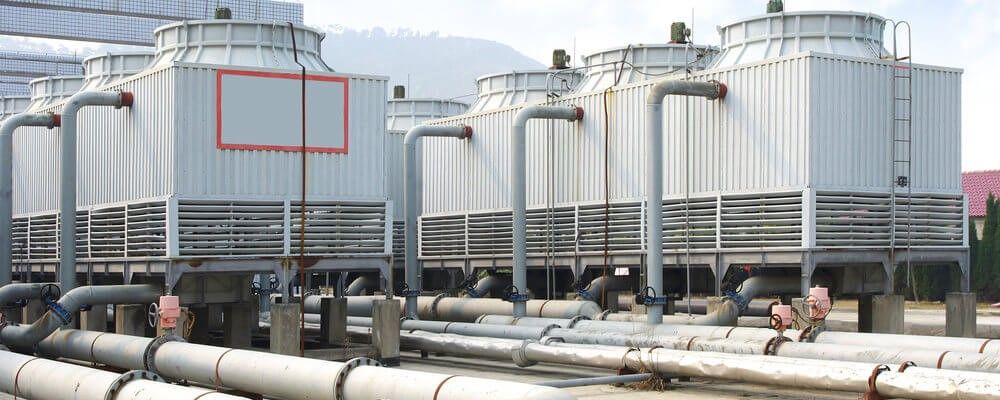
How Does a Water-cooled Chiller Operate?
Water cooled chiller is a powerful refrigeration unit. It is used in air conditioning systems and in manufacturing. Before getting into extruders, lasers, injection molding machines, vacuum installations, and other equipment, liquids are cooled to the temperature required for this technological process.
Water-cooled devices are gradually replacing chillers operating on the principle of the air-cooled condenser. A modern chiller maintains the desired temperature, controlling its surges and the water level in the system. Various modifications make it possible to use it in mini-enterprises and in industries with a large number of machines, in apartments and supermarkets.
A specialist will help you choose the most suitable cooler. By understanding how a device works, you can better formulate your requirements. Follow the article to discover the key principles of operation.
Working Principle of a Water-cooled Device
The chiller maintains the required temperature regime by taking excess heat from the coolant and giving it to a special heat exchanger. A working medium is constantly circulating in the circuit – a refrigerant. The main elements of the device work as follows:
- Serves as a pump for the refrigerant. Provides the necessary pressure for compression (up to 30 atm), while its temperature rises to 70–90 ° C.
- Here the refrigerant gives off heat and condenses, turning into a liquid state. Heat is emitted into the environment.
- Evaporator (heat exchanger). In it, heat exchange takes place between water and the cooled liquefied refrigerant. As a result, it boils, begins to evaporate, and takes heat energy from another liquid (coolant).
The cooling process is repeated. The differential pressure of the refrigerant and the regulation of its supply to the evaporator is provided by a thermal expansion valve. It protects the entire installation from overheating. This is how any water-cooled chiller works.
